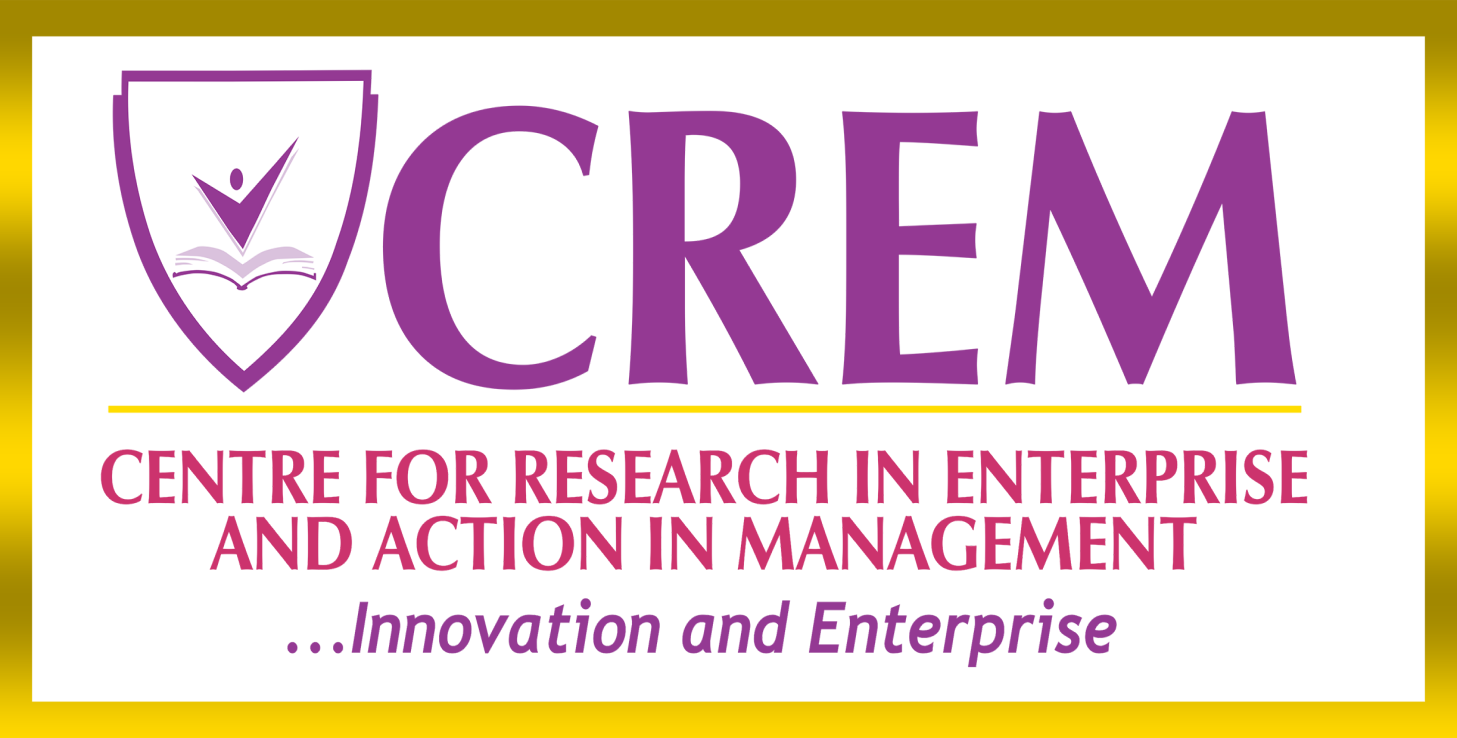
Overview
Leading people is a complex process by which the leader influences others to perform and Supervisors are an extremely important part of the management team since they are the management in closest contact with the people who actually produce the work.
Effective Supervision depends on a blend of appropriate skills, knowledge, attitudes, and behaviours coupled with relevant experience. The truly successful leader is one who is able to come to terms with his or her strengths and weaknesses. He or she practices self-discipline, manages his or her own emotions, and objectively administers the job. This course identifies five roles of a supervisory leader: influencing people, communicating effectively, supervising work, coaching and managing through conflicts. Participants will learn to excel in these roles and are given tools to help them back at work.
COURSE OBJECTIVE
At the end of this training, participants will be able to:
- Understand and learn to implement the four steps to active supervision
- Learn to choose between effective and ineffective leadership styles.
- Understand the relationship between their styles and the motivation and behaviour of others
- Discover a proven process for problem solving
- Learn five steps for effective decision-making
- Understand the need for delegation and how to delegate effectively
- Discover ways to communicate more effectively and vividly
- Learn a technique for coaching performance
- Understand the difference between coaching and discipline
- Find out how to convert conflicts into problem solving sessions
- Learn effective tools for dealing with difficult people
- Discover ways to help groups in conflict
- Develop a personal action plan
TARGET AUDIENCE
Team leads, First Line Managers, and anyone with supervisory responsibility.
COURSE CONTENT
- The Role and purpose the Supervisor
- Actively Supervising
- Communicating Effectively
- Motivating the Team & Team Members
- Planning to Improve
- Handling Conflict Skillfully
COURSE DURATION: 2 DAYS

